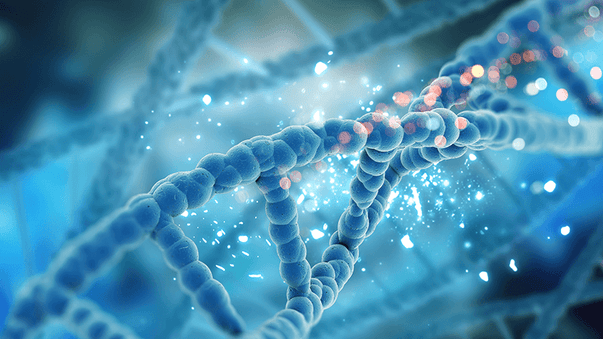New Cancer Immunotherapy Is Spectacular

Researchers at the US National Cancer Institute have developed a new, very promising approach to cancer immunotherapy (see below). According the researchers, the therapy is still experimental, but could transform the treatment of all cancer. A patient in a clinical trial, a Florida woman who had tennis ball-sized tumors in her liver and secondary cancers throughout her body, has been cured by this new therapy, BBC News reports. The patient had been given three months to live, but two years later there is no sign of cancer in her body.
"About a week after [the therapy], I started to feel something, I had a tumour in my chest that I could feel shrinking," the patient told BBC News. "It took another week or two for it to completely go away."
“We’ve developed a high-throughput method to identify mutations present in a cancer that are recognized by the immune system,” said trial leader Steven Rosenberg. “This research is experimental right now. But because this new approach to immunotherapy is dependent on mutations, not on cancer type, it is in a sense a blueprint we can use for the treatment of many types of cancer.”
Rosenberg told BBC News that the new immunotherapy is a "living drug" made from a patient's own cells. "We're talking about the most highly personalized treatment imaginable," he said. "At lot of works needs to be done, but the potential exists for a paradigm shift in cancer therapy - a unique drug for every cancer patient - it is very different to any other kind of treatment."
New cancer immunotherapy leads to complete remission in terminal breast cancer patient. Researchers at the National Cancer Institute (NCI) have developed a new approach to cancer immunotherapy, which has led to the complete regression of breast cancer in a patient who was unresponsive to all other treatments. The patient received the treatment in a clinical trial at NCI’s Center for Cancer Research (CCR). The new immunotherapy approach, described in a research paper published in Nature Medicine, is a modified form of adoptive cell transfer (ACT).
Traveling brain waves support memory and cognition. Engineers at Columbia University have found waves that propagate in the brain, reflecting patterns of neuronal activity that move across the cortex. A study published in Neuron indicates that the traveling waves moved more reliably when subjects performed well while performing a working memory task, indicating traveling waves are important for memory and cognition: the waves play a significant role in supporting brain connectivity. According to the scientists, traveling brain waves could provide a new type of signal that can be used for brain-computer interfaces.
Gold nanorobots powered by ultrasounds. Engineers at UC San Diego have developed tiny ultrasound-powered robots that can swim through blood, removing harmful bacteria along with the toxins they produce. These proof-of-concept nanorobots, described in a research paper published in Science Robotics, could one day offer a safe and efficient way to detoxify and decontaminate biological fluids. The engineers built the nanorobots by coating gold nanowires with a hybrid of platelet and red blood cell membranes. The gold body of the nanorobots responds to ultrasound, which gives them the ability to swim around rapidly without chemical fuel.
Chemotherapy not really needed for most breast cancer patients. Oncologists at Loyola University have found that a 21-gene test performed on tumors could enable most breast cancer patients to safely forgo chemotherapy. A study published in New England Journal of Medicine indicates that chemotherapy can safely be avoided in about 70 percent of patients who are diagnosed with the most common form of breast cancer. The safety of avoiding chemotherapy can be established with a test that examines 21 genes from a patient's breast cancer biopsy.
Dynamical system models for brain flexibility and speed. MIT neuroscientists have identified a strategy that the brain uses to rapidly select and flexibly perform different mental operations. The researchers applied dynamical systems analysis to model the evolution of neural activity across large populations of neurons. A research paper published in Neuron suggests that the brain can be modeled as a dynamical system whose state is determined by interactions among neurons, and dynamical system theory can be used to link brain activity to sensorimotor computations.
More Articles
Don't miss a beat! In our Pulse Newsletter, Thrivous curates the most important news on health science and human enhancement, so you can stay informed without wasting time on hype and trivia. It's part of the free Thrivous newsletter. Subscribe now to receive email about human enhancement, nootropics, and geroprotectors, as well as company news and deals.
Read more articles at Thrivous, the human enhancement company. You can browse recent articles in Thrivous Views. See other Pulse Newsletter articles. Or check out an article below.
-
CRISPR Safety Under the Microscope
CRISPR gene editing (see Pulse 22) is rightly hailed as a potential game-changer in future medicine, but recent news released ...
-
"Right to Try" Signed into US Law
Many interesting medical news items have been released last week, but it seems worth underlining a regulatory development: A bill ...


